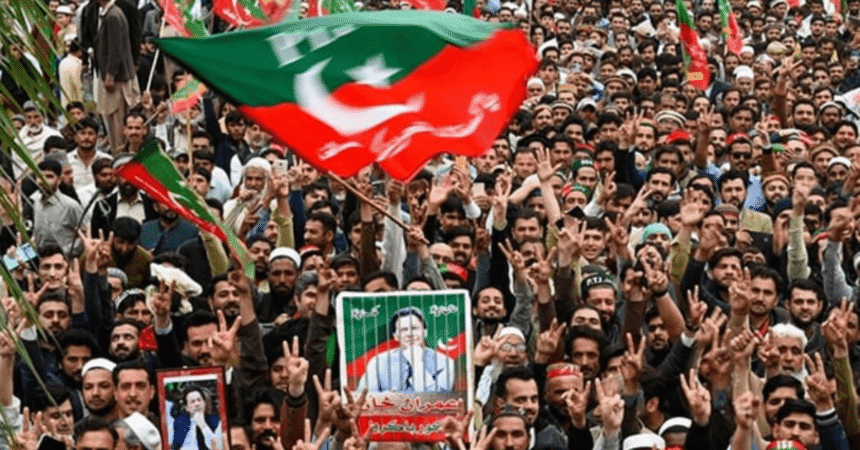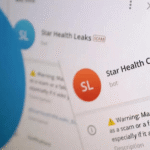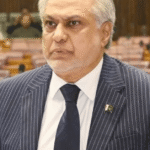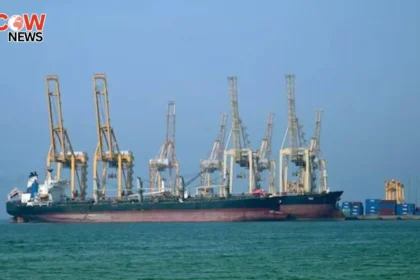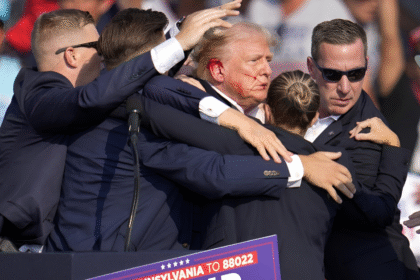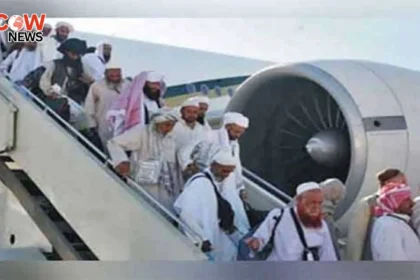The political landscape in Pakistan is often tumultuous, marked by protests, rallies, and the struggle for power among various political factions. Recently, the Pakistan Tehreek-e-Insaf (PTI) party found itself at the center of a significant standoff with the Punjab government concerning its rally in Lahore. This confrontation underscores the ongoing tension between the ruling authorities and opposition parties, illustrating the complex dynamics of political expression and public assembly in Pakistan.
Background of the Standoff
The tensions began to mount when PTI announced its intention to hold a rally at Greater Iqbal Park, a venue steeped in historical significance for political gatherings. This park, housing the Minar-e-Pakistan, symbolizes the aspirations of many Pakistanis, making it a strategic location for PTI to demonstrate its political strength. However, the Punjab government initially denied the request, citing concerns over public safety and the potential for unrest, a common justification employed by authorities to limit political gatherings.
The denial was met with fierce backlash from PTI supporters, who perceived it as an attempt to stifle dissent and undermine their right to assemble. The party’s leadership quickly mobilized, initiating negotiations with provincial authorities to secure the necessary permissions. This back-and-forth culminated in a last-minute decision by the Punjab government to allow the rally to proceed, albeit at Kahna along the Lahore Ring Road rather than the initially desired Greater Iqbal Park.
The Conditions Imposed by the Punjab Government
While the approval was a victory for PTI, it came with a series of stringent conditions—43 in total—that aimed to control the rally’s proceedings and mitigate any potential unrest. Among these conditions was a demand for a public apology from Khyber Pakhtunkhwa Chief Minister Ali Amin Gandapur for an inflammatory speech he delivered at a previous rally in Islamabad. This speech, perceived as incendiary, had drawn widespread criticism for inciting tensions and was seen as a direct challenge to law and order.
PTI leaders, however, were quick to reject the notion of a guaranteed apology. Ishtiaq Ahmad Khan, president of the Insaf Lawyers Forum, asserted that Gandapur could clarify his position during the Lahore rally instead. This stance reflects a broader strategy by PTI to maintain a firm front against what they perceive as governmental overreach.
Further conditions included prohibiting individuals facing hate speech charges from participating in the rally, banning any proclaimed offenders from taking the stage, and explicitly forbidding the display of Afghan flags. These stipulations highlight the Punjab government’s sensitivity to regional political dynamics, particularly in the wake of the Taliban’s return to power in Afghanistan. Additionally, organizers were made responsible for any untoward incidents during the rally, placing significant pressure on PTI to ensure that the event proceeded without disruption.
The Lahore High Court’s Intervention
As tensions escalated, the Lahore High Court intervened, emphasizing the need for lawful processes in political gatherings. A full bench, led by Justice Farooq Haider, ordered the deputy commissioner to make a decision on PTI’s rally application by 5 PM, stressing that this should be done without undue influence from law enforcement or provincial government comments.
This judicial intervention serves to highlight the role of the judiciary as a crucial mediator in the often-contentious relationship between political parties and the state. It underscores the importance of upholding democratic rights, including the right to assembly, amidst a climate of political pressure.
Political Implications of the Rally
The Lahore rally is significant for a multitude of reasons. Primarily, it serves as a litmus test for PTI’s political capital in Punjab, a province where the party has historically enjoyed considerable support. The outcome of this rally could either strengthen PTI’s claims to political relevance or signal a decline in its influence, particularly in light of the challenges it faces from rival parties and a shifting political landscape.
Moreover, the rally represents a critical moment for PTI to mobilize its supporters and galvanize public opinion in its favor. As the party grapples with internal divisions and external pressures, the ability to successfully rally supporters will be crucial for maintaining momentum. This event is not just a demonstration of strength; it is a chance for PTI to reaffirm its identity and relevance in the ever-evolving political sphere.
The implications of this rally extend beyond immediate political gains. The gathering could set the tone for PTI’s strategies leading up to the next general elections, slated for 2024. With political maneuvering intensifying, how PTI portrays itself during this rally could influence voter sentiments and party dynamics in the months to come.
Public Sentiment and Support
Public sentiment surrounding the Lahore rally is mixed, reflecting the deep divisions within Pakistan’s political landscape. For many PTI supporters, this rally is an opportunity to express solidarity with the party and voice their grievances against what they perceive as an oppressive political environment. Enthusiastic supporters are eager to demonstrate their commitment to PTI’s vision and leadership, emphasizing the importance of political expression in a democracy.
Conversely, there are significant concerns among the opposition and neutral observers regarding the potential for unrest. Critics argue that PTI’s rallies have, in the past, led to violent confrontations and heightened tensions. The Punjab government’s imposition of conditions reflects an underlying fear of instability, rooted in the recent history of political violence in Pakistan. This dichotomy of perspectives underscores the challenges of fostering a healthy democratic environment where political expression can occur without fear of repression or violence.
The Role of Media
In the context of this rally, the media plays a pivotal role in shaping public perception. Coverage of the event will not only inform the public about the proceedings but also influence opinions about PTI and the Punjab government. Media narratives can amplify the voices of supporters or critics, thus impacting the broader discourse around political freedoms in Pakistan.
Social media, in particular, has emerged as a powerful tool for PTI supporters to mobilize and engage. Hashtags related to the rally, such as #PTILahoreRally and #StandWithPTI, have begun trending, creating a sense of urgency and excitement among supporters. This digital engagement is essential for PTI as it seeks to maintain momentum and reach a broader audience, especially among younger voters who are increasingly active online.
Furthermore, the manner in which media outlets report on the rally—whether they emphasize the number of attendees, the tone of speeches, or any incidents of unrest—can significantly influence public perception. The media’s framing of the event will play a crucial role in determining how it is remembered in the context of Pakistan’s political history.
The Stakes for PTI and the Punjab Government
For PTI, the stakes are high. A successful rally with significant turnout could rejuvenate its base and signal its enduring appeal among the electorate. Conversely, if the rally fails to attract a crowd or if unrest occurs, it could damage PTI’s reputation and diminish its chances in future elections.
On the other hand, the Punjab government faces its own set of challenges. By imposing stringent conditions on the rally, the government is attempting to assert its authority and maintain order. However, this approach risks alienating segments of the population who view such measures as repressive. If the government is perceived as overly heavy-handed, it could backfire and fuel further discontent among PTI supporters and undecided voters alike.
Conclusion
As the Lahore rally unfolds, it will serve as a significant indicator of the current state of Pakistani politics. The events leading up to this rally encapsulate the ongoing struggle between political expression and governmental control. The conditions imposed by the Punjab government raise critical questions about the nature of political freedoms in the country and the balance between maintaining public order and respecting democratic rights.
The outcome of this rally could have far-reaching implications for PTI, the Punjab government, and the overall political landscape in Pakistan. It will be a crucial moment for PTI to assert its position and mobilize its supporters, while also testing the government’s resolve in managing dissent.
As all eyes turn to Lahore, the rally will not only reflect the immediate political dynamics but also resonate with broader themes of governance, civil rights, and the future of democracy in Pakistan. Whether it emerges as a triumph for PTI or a cautionary tale about the perils of political engagement remains to be seen.
#PTILahoreRally #PoliticalFreedom #PunjabGovernment #LahoreHighCourt #PakistanPolitics #PublicGathering #PTISupporters #PoliticalMobilization #DemocracyInPakistan

